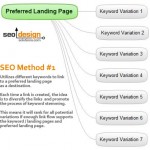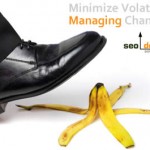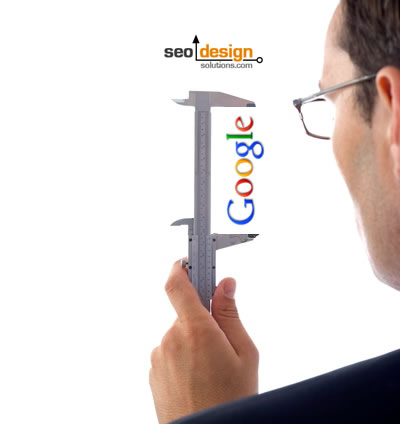On the heels of the Panda 2.2 a document classifier (digital quality rater) machine learning algorithm, Google unleashed a long-overdue PageRank update to shake up the web as we know it for SEO’s and webmasters alike.
While this event may not carry significance for non-SEO types, for affiliates, webmasters or internet marketers vested in the process of percolating new sites (to develop more on page authority), spawning PageRank on their new domains invariably augments long-term SEO efforts (by creating a higher degree of referential integrity) for internal pages to circulate link weight, which in turn can produce rankings.
While the argument of PageRank and SEO spans a dozen years, PageRank is merely one facet of the metrics which impact a website’s search engine position. While the traceable elements are arguable (whether there is any significant benefit or not) try outranking a PR 6 page with your new domain, sure, it can be done, but much easier if your pages and / or site has PageRank to push into internal pages as well.
Thinking of PageRank and indexation as a necessary layer of the SEO process, leveraging internal pages with high PR (PageRank) can tremendously augment off page SEO efforts (minimizing the number of inbound links from other websites to a mere fraction than without).
Consider it from a collective point of view, for each page that is replete with PR (PageRank) in your website, that is one less page that is sagging in the site architecture (as a viable fulcrum for future rankings).
Once you consolidate those strong internal pages using the buddy system (linking to theme relevant pages with theme relevant internal links) can catapult a lackluster page from page 6 into the top 10 or top 5 results “the spotlight in search engines”.
The takeaway about PageRank is, try to leverage the link equity on the page by minimizing excessive links on leaky pages (pages with more than 50 outbound / internal or external links). By capping links on the stronger pages, you consolidate more link equity (PageRank and Link Flow) to a smaller number of pages.
This allows you to concentrate anchor text on pivotal landing pages or link to other equally important category pages (to spawn more rankings). Yet, if you neglect to use PR in your own website effectively, you will have to get more link equity from outside the website to create enough trust to enter the realm of the most lucrative keywords.
The higher the PR of the opponent holding the #1, 2 or #3 spot, the more concentrated your efforts have to be to wrestle that position from them. Think of it as more of an insulator (like a moat around a castle). The stronger the PR of the pages above you, the more relevance and / or higher relevance score you will need to push past them.
One of the quickest ways to scale your pages collective relevance score is through selective, themed internal linking (i.e. linking from homepage to categories, categories to brand or product pages and supporting articles to category pages). For a more visual example, see Sue Bell’s video on Silo Site Architecture.
Scaling your sites PR, age, authority, supporting pages and relevance are critical ingredients for producing viable, resilient, long-term rankings. Don’t let the naysayers convince you that PageRank doesn’t matter, it all depends on how you look at it. It matters if you know how to use it (to defend a ranking or create one). The only difference is which side of the equation you are on (trying to get ranked for a competitive keyword or holding your space and defending it from others taking your spot) and if your pages have it (PageRank) or do not.
If it matters, keeping a trim navigation and capping links to under 50 per page is more than enough to pass it around a smaller cluster of powerhouse landing pages. That is, if you are leveraging internal links properly.











I think internal link shaping has become more imporant than ever. It’s exceptionally powerful on larger sites.